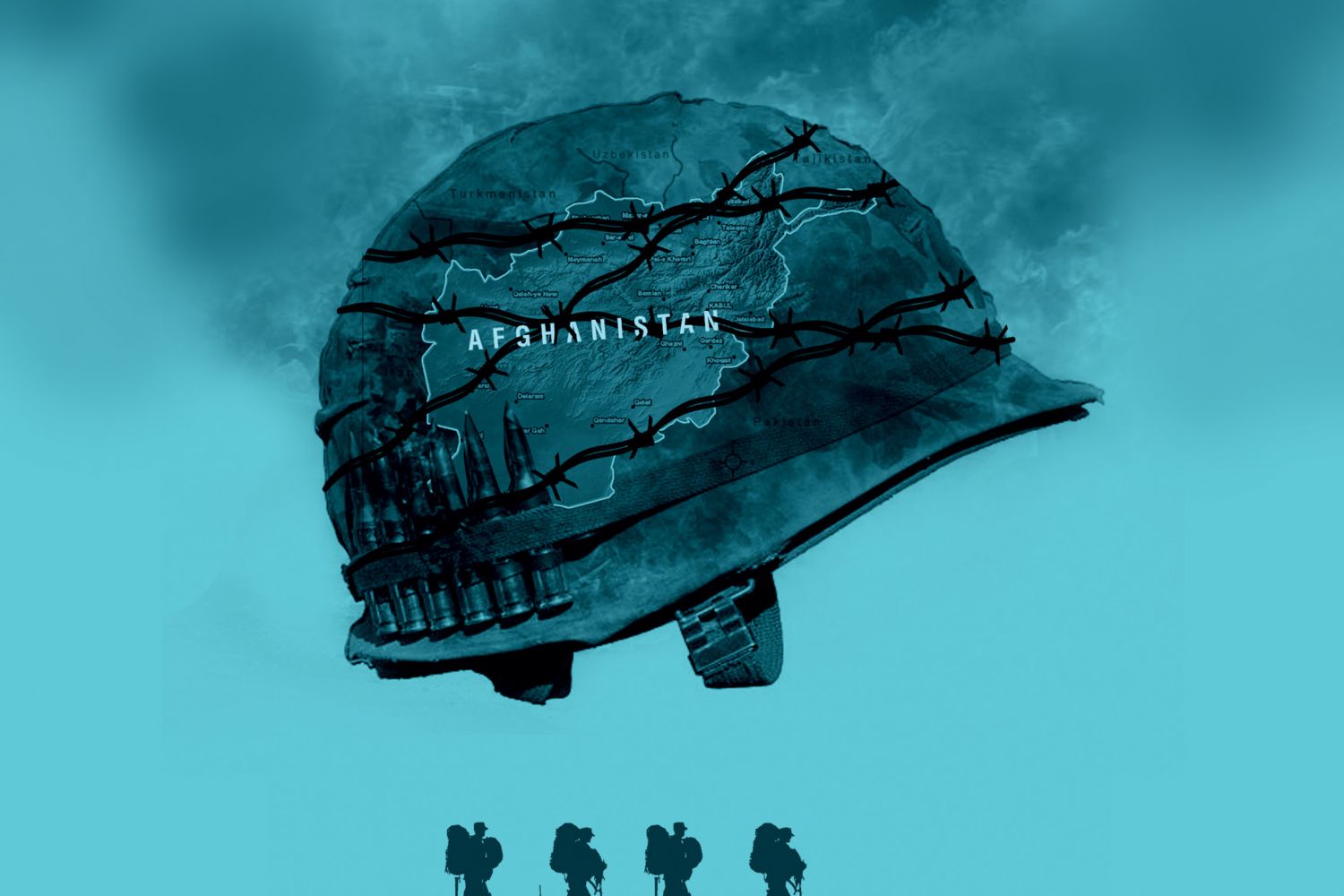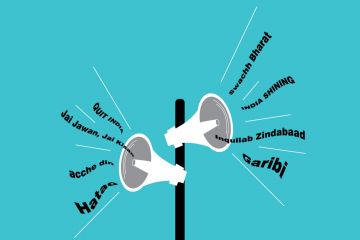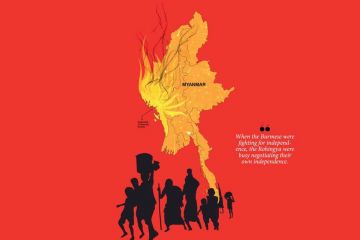
"Sometimes I’ve believed as many as six impossible things before breakfast,” said the Red Queen, in Lewis Carroll’s Alice in Wonderland. The United States-propelled sudden flurry of peace overtures to the Taliban in Afghanistan, along with President Donald Trump’s unilateral troop withdrawal announcement and the subsequent global reaction brings the Queen’s remark to mind.Who would have thought the theatre of the Great Game, Afghanistan—a barren, desolate and landlocked country i
Continue reading “A new era of chaos in Afghanistan”
Read this story with a subscription.





